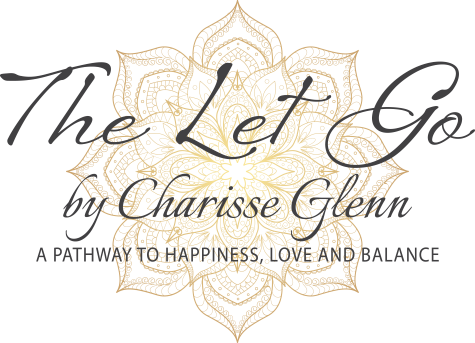The world doesn’t need more noise, it needs more noticing.
In many societies, silence is often misunderstood—perceived as awkward, uncomfortable, or even negative. The impulse to fill every pause with words stems from a desire to connect, to reassure, to be seen. That fear of the “awkward silence” is universal; how many of us feel it in a crowded elevator, where you avoid eye contact and words are muted?
In Japanese culture, silence is not a void to be feared; instead, it is a presence to be honored. There is a word that captures this quiet intimacy: Ishin-denshin (以心伝心). It means “heart-to-heart communication without words.” It refers to the peaceful resonance that arises when sitting beside someone in mutual understanding. No anger. No withholding. Just calm presence.
This ability to be, with no need to explain, entertain, or perform, is, to me, the hallmark of a great friendship. The balance of being and not having to do deepens the connection. We can experience this heart-to-heart communion anywhere if we allow the stillness to speak, between friends, lovers, or strangers.
Relationships in Japan often emphasize respect for personal space and independence. Perhaps a reflection of the close quarters in which many live. This mindset is shaped by Zen Buddhism’s reverence for silence. Practices such as zazen meditation, the tea ceremony, and the concept of ma—the space between things—all celebrate the sacredness of quietude.
Couples may spend time apart or together, reinforcing the idea that closeness does not require constant interaction. Love, in this view, is built on trust, harmony, and spaciousness, rather than on consuming another’s attention. To share this comfort with someone is considered the pinnacle of intimacy. When the silence feels like peace, not emptiness, and the weight on your shoulders lightens, and even the way your breath seems easier.
I first encountered the transformative power of silence during a week-long silent yoga retreat on Maui in the late ’70s. Initially, I was apprehensive. It took intention and awareness to resist the impulse to speak. We chanted at sunrise and sunset, practiced asanas and meditation, and then, in between, we worked, cleaning, gardening, and preparing food. Communication was minimal, written only when necessary.
Each day grew quieter inside me. By the end of the week, when the retreat was completed, the world felt loud as I re-entered my life. Even though I lived off the grid without electricity or television, the chatter of daily life felt invasive. It was during this time that I began tuning into the rhythm of a horse’s breath, learning to respect the animal’s pace and presence. Silence became a language I could trust.
Our environments shape us, yes, but our nature also guides us toward who we are meant to be. I’ve always known my nervous system was sensitive to sound, light, and energy. That sensitivity led me to spaces where silence is not the absence of sound, but its essence.
Society often urges us to conform, even at the cost of our peace. It took me years to stand in my truth and protect the stillness I need, sometimes even when it conflicted with others’ expectations. Now, I honor that tranquility fiercely.
The power of stillness, the ability to be alone and to feel whole in our silence, is both an aptitude and a force. When we practice ways that shift our perceptions, our life gently molds into the flow.
To explore calm silence in your own life, try sitting beside someone without speaking. Notice what arises. Share a meal in quiet. Observe how your awareness shifts. Instead of talking to your pet, be present. Consider what you want to say and observe how they respond to your energy.
Ishin-denshin reminds us that the deepest form of connection may not be spoken at all. It lives in the quiet between hearts, in the abundance of calm silence, if we can only become hushed enough to hear.
He who does not understand your silence will probably not understand your words.
~ Unknown





